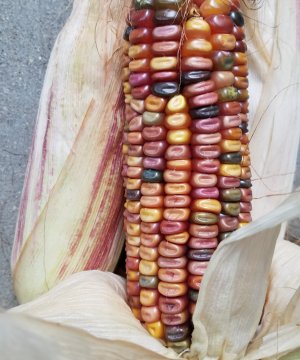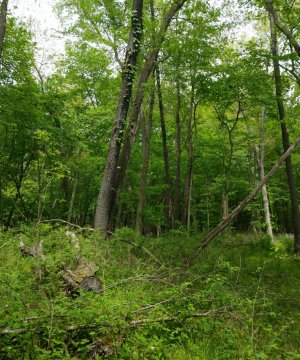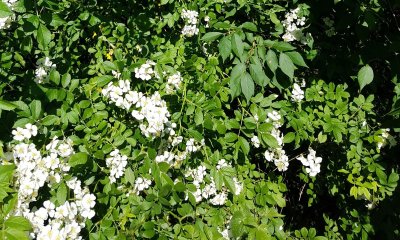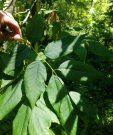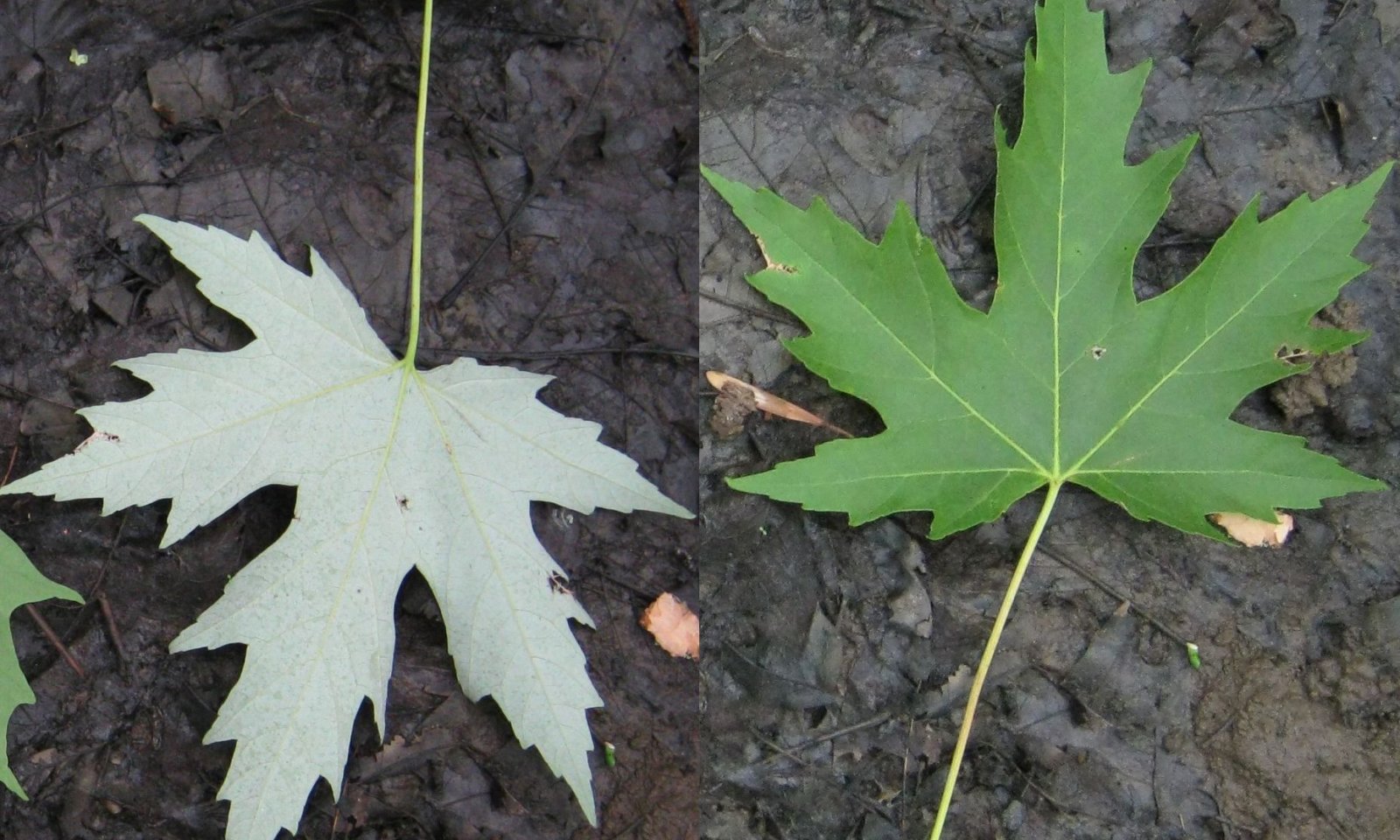
Wet Loamy Depressions
Scenario model
Current ecosystem state
Select a state
Management practices/drivers
Select a transition or restoration pathway
- Transition T1A More details
- Transition T1B More details
- Transition T1C More details
- Restoration pathway R2 More details
- Transition T2A More details
- Transition T2B More details
- Restoration pathway R3 More details
- Transition T3A More details
- Transition T3B More details
- Restoration pathway R4 More details
- Transition T4A More details
- Transition T4B More details
-
No transition or restoration pathway between the selected states has been described
Target ecosystem state
Select a state
Description
The Reference State consists of a mosaic of swamp forest, shrub swamp, wet meadows, and marshes determined with a structure and composition determined mainly by ecological processes primarily with minimal influence from human activity. Intentional influence from human activity often serves to mimic natural processes or to restore missing species.
Submodel
States 2 and 5 (additional transitions)
1.2. Wet Meadow
1.5. Inundated Shrub Swamp
Description
The cultural state includes any land use in which the species composition and vegetation structure is determined intentionally by regular human activity, including cropland and urbanland. It is managed to obtain specific products for the benefit of human society with efforts to exclude competition and herbivory connecting it to the rest of the ecosystem.
Submodel
Description
Semi-natural drained vegetation has a structure and composition determined by ecological processes significantly influenced by human activity. Draining the site allows for more non-hydric species to colonize the site. Previous disturbance and introduction of invasive species will also affect composition.
Submodel
Description
Semi-natural vegetation has a structure and composition determined by ecological processes significantly influenced by human activity such as prior soil disturbances, harvesting, and introduction of invasive species.
Submodel
Mechanism
Drain; clear vegetation; cultivate domesticated species.
Mechanism
Drain; clear vegetation, invasive species introduced.
Mechanism
Clear vegetation, invasive species introduced.
Mechanism
Restore hydrology; remove domesticated species; restore native species.
Relevant conservation practices
| Practice | External resources |
|---|---|
|
Brush Management |
|
|
Restoration and Management of Rare and Declining Habitats |
|
|
Wetland Wildlife Habitat Management |
|
|
Wetland Restoration |
|
|
Herbaceous Weed Control |
Mechanism
Abandon, succession.
Mechanism
Restore hydrology; abandon; succession.
Relevant conservation practices
| Practice | External resources |
|---|---|
|
Wetland Restoration |
Mechanism
Restore hydrology; control invasive species; restore native species
Relevant conservation practices
| Practice | External resources |
|---|---|
|
Brush Management |
|
|
Restoration and Management of Rare and Declining Habitats |
|
|
Wetland Wildlife Habitat Management |
|
|
Wetland Restoration |
|
|
Herbaceous Weed Control |
Mechanism
Clear vegetation; cultivate domesticated species.
Mechanism
Restore hydrology.
Relevant conservation practices
| Practice | External resources |
|---|---|
|
Wetland Restoration |
Mechanism
Control invasive species; restore native species.
Relevant conservation practices
| Practice | External resources |
|---|---|
|
Brush Management |
|
|
Restoration and Management of Rare and Declining Habitats |
|
|
Wetland Wildlife Habitat Management |
|
|
Herbaceous Weed Control |
Mechanism
Drain; clear vegetation; cultivate domesticated species.
Model keys
Briefcase
Add ecological sites and Major Land Resource Areas to your briefcase by clicking on the briefcase (![]() ) icon wherever it occurs. Drag and drop items to reorder. Cookies are used to store briefcase items between browsing sessions. Because of this, the number of items that can be added to your briefcase is limited, and briefcase items added on one device and browser cannot be accessed from another device or browser. Users who do not wish to place cookies on their devices should not use the briefcase tool. Briefcase cookies serve no other purpose than described here and are deleted whenever browsing history is cleared.
) icon wherever it occurs. Drag and drop items to reorder. Cookies are used to store briefcase items between browsing sessions. Because of this, the number of items that can be added to your briefcase is limited, and briefcase items added on one device and browser cannot be accessed from another device or browser. Users who do not wish to place cookies on their devices should not use the briefcase tool. Briefcase cookies serve no other purpose than described here and are deleted whenever browsing history is cleared.
Ecological sites
Major Land Resource Areas
The Ecosystem Dynamics Interpretive Tool is an information system framework developed by the USDA-ARS Jornada Experimental Range, USDA Natural Resources Conservation Service, and New Mexico State University.

